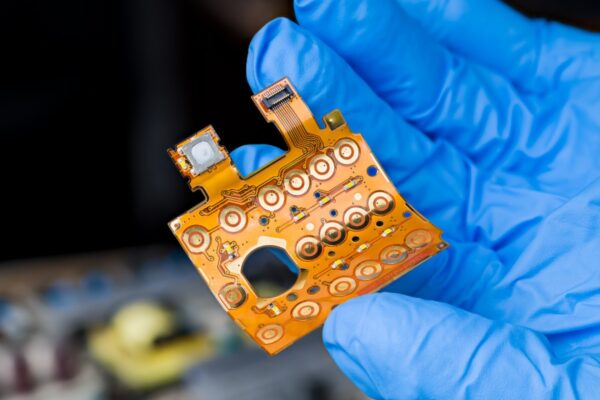What is Immersion Tin
Immersion tin, or white tin, is a surface finish option applying a thin layer of tin to the copper surface of a PCB through a chemical process. Immersion tin is chosen for its flat and smooth finish, making it suitable for fine-pitched surface mount components.
Immersion tin has a relatively long shelf life, meaning it remains stable and usable for an extended period. However, it requires careful handling during the PCB assembly process to avoid any potential damage. Immersion tin is not as commonly used as other surface finishes, mainly due to the availability of alternative options and the potential for certain issues.
One such issue is the strong affinity between tin and copper, which can lead to the diffusion of one metal into the other. This can result in the formation of “tin whiskers,” small strands of diffuse tin that can cause shorts and reduce the quality of solder joints. These tin whiskers can negatively impact the shelf life and performance of the PCB.
Despite these challenges, immersion tin offers certain advantages. It is a sustainable option as it does not rely on elements that are difficult to source consistently. The application process of Immersion Tin requires less water and chemicals compared to other finishes, making it more environmentally friendly. Additionally, the process is relatively easy, allowing for re-work in case of any errors during component placement on the PCB.





